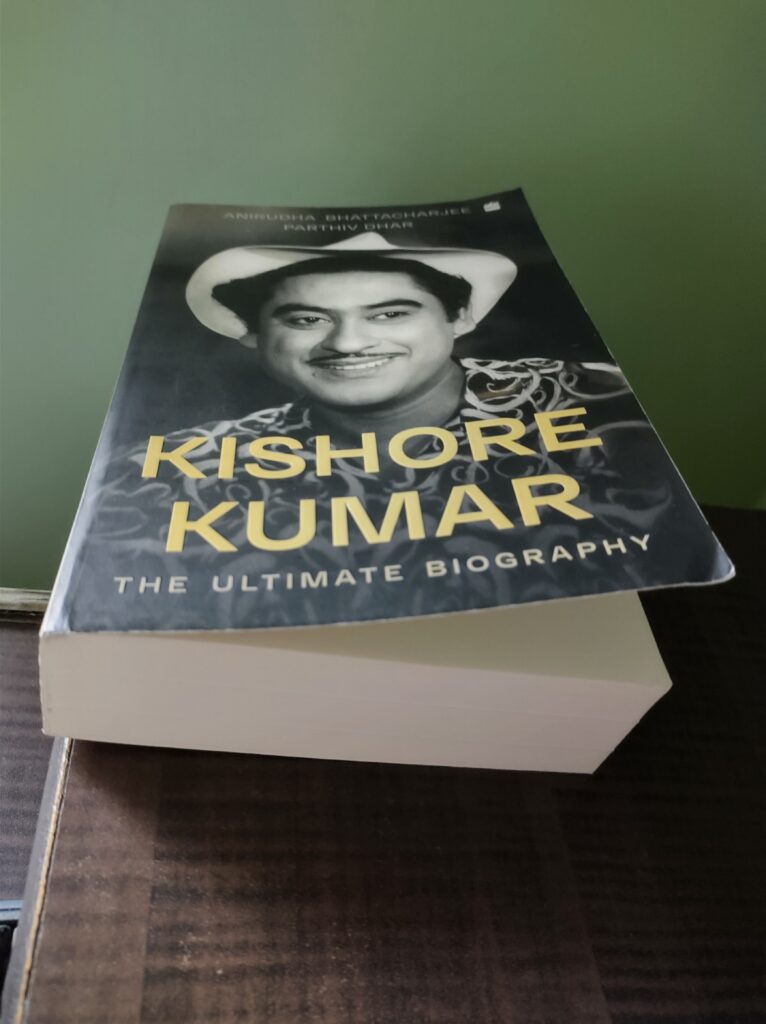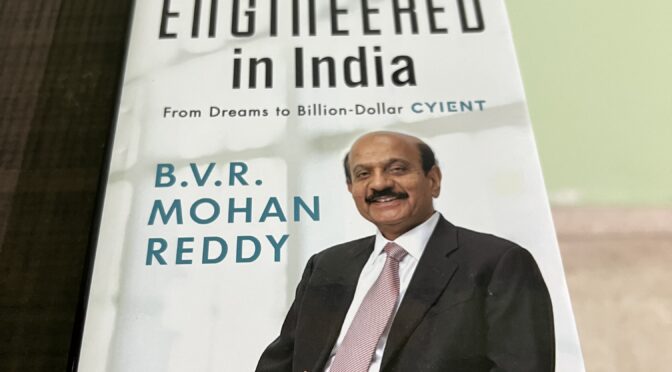Isaac Asimov’s novel Foundation, and the series as a whole, explores several key themes that are central to its narrative. These themes include:
- Psychohistory and Predictive Science: The concept of psychohistory, a fictional discipline created by Hari Seldon, is a central theme. It involves the use of mathematics to predict the behavior and development of large populations over time. The novel delves into the power and limitations of predictive science and the implications of trying to shape the future based on calculated probabilities.
- Decline and Fall of Empires: Foundation examines the cyclical nature of empires and the inevitable decline and collapse they face. It explores the struggles of societies as they navigate the transition from a powerful centralized authority to a period of instability and regression. The story delves into the consequences of a crumbling empire and the challenges of rebuilding civilization in the aftermath.
- Religion versus Science: The clash between religious beliefs and scientific progress is a recurring theme. Asimov portrays the tension between religious dogma and the Foundation’s mission of preserving knowledge and advancing scientific understanding. The narrative examines the conflicts that arise when tradition and faith clash with reason and rationality.
- Politics and Manipulation: The novel delves into the intricacies of politics, power struggles, and the manipulation of events for personal gain or the greater good. Characters engage in political maneuvering, form alliances, and employ strategies to shape the course of history. Foundation explores the complexities and consequences of political influence and the art of governance.
- Human Agency and Free Will: Despite the deterministic nature of psychohistory, the novel raises questions about individual agency and free will. Characters grapple with their role in the larger scheme of events and the tension between personal choices and the grand design of the Seldon Plan. It explores the extent to which individuals can influence or deviate from predicted outcomes.
- Survival and Preservation: Foundation focuses on the survival and preservation of knowledge, culture, and civilization in the face of adversity. The characters strive to safeguard humanity’s progress and prevent the descent into a prolonged Dark Age. The narrative emphasizes the importance of resilience, adaptation, and the pursuit of knowledge for the betterment of society.
These themes intertwine to create a thought-provoking exploration of human nature, societal dynamics, and the course of history. Asimov’s Foundation series invites readers to contemplate the complex interplay of science, religion, politics, and individual agency in shaping the destiny of civilizations.
A must read for all Asimov and Sci-Fi fans.
At this point, Hari Seldon lifted his book and opened it. His face grew solemn. ‘And never forget there was another Foundation established eighty years ago; a Foundation at the other end of the Galaxy, at Star’s End. They will always be there for consideration. Gentlemen, nine hundred and twenty years of the Plan stretch ahead of you. The problem is yours! Go to it!’
P-137






